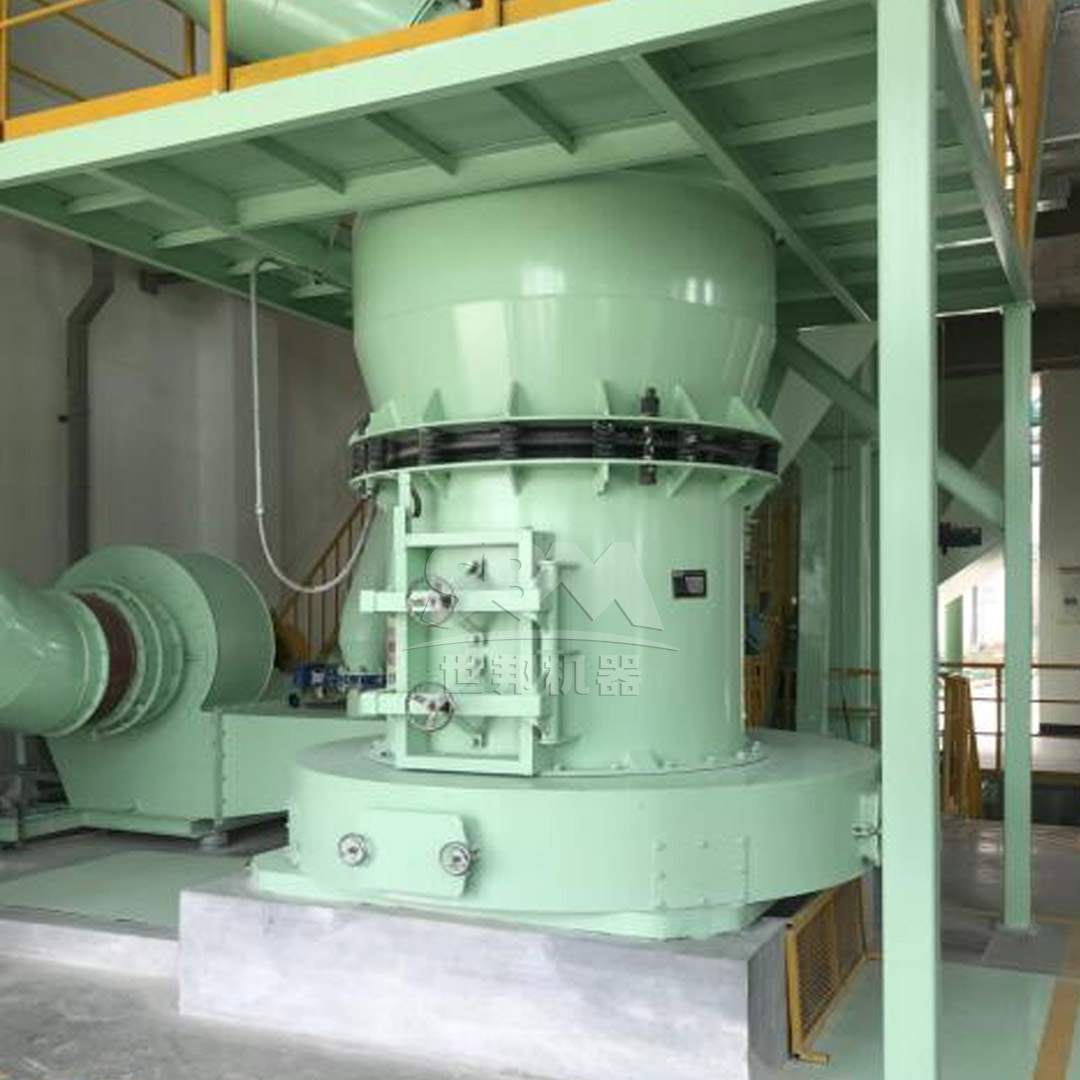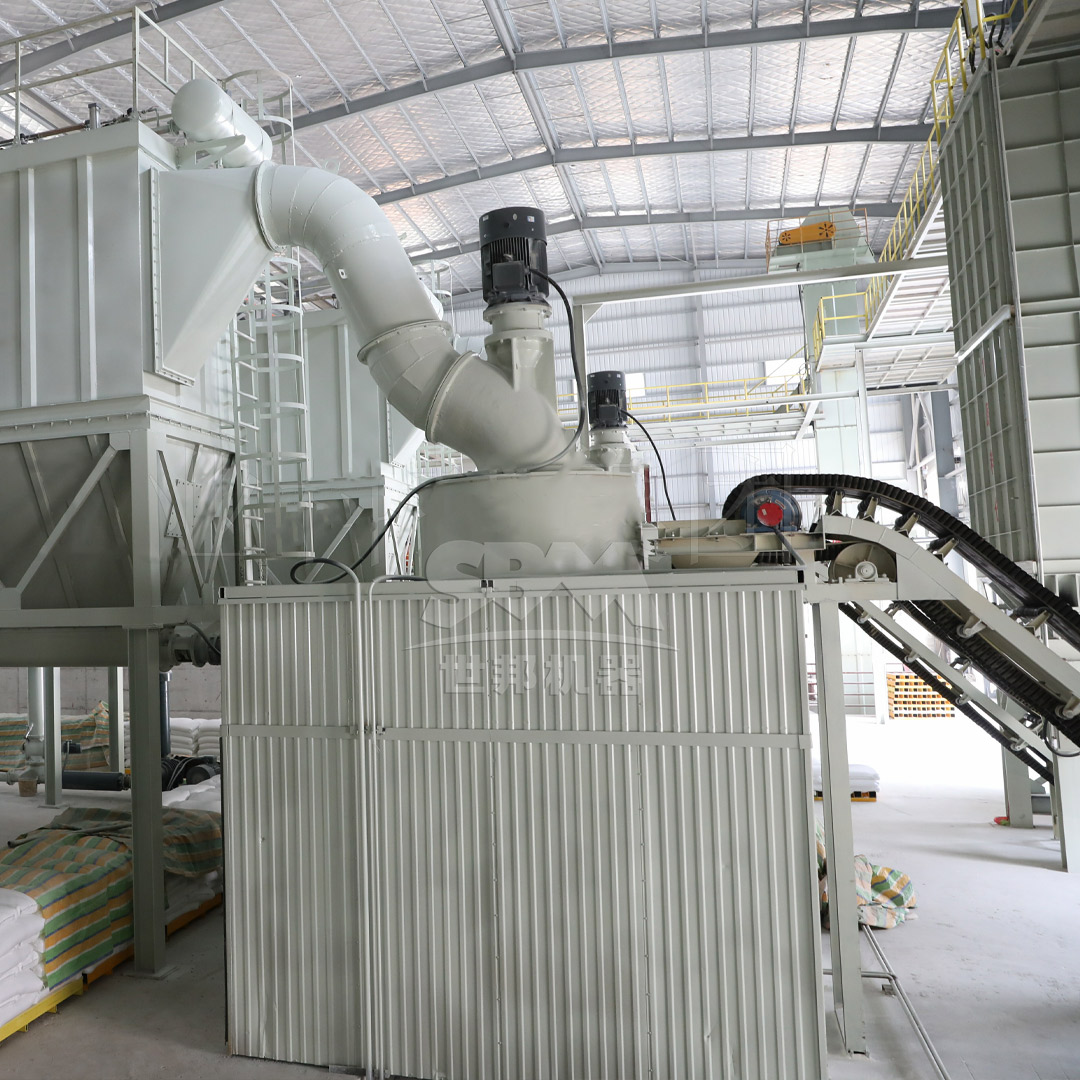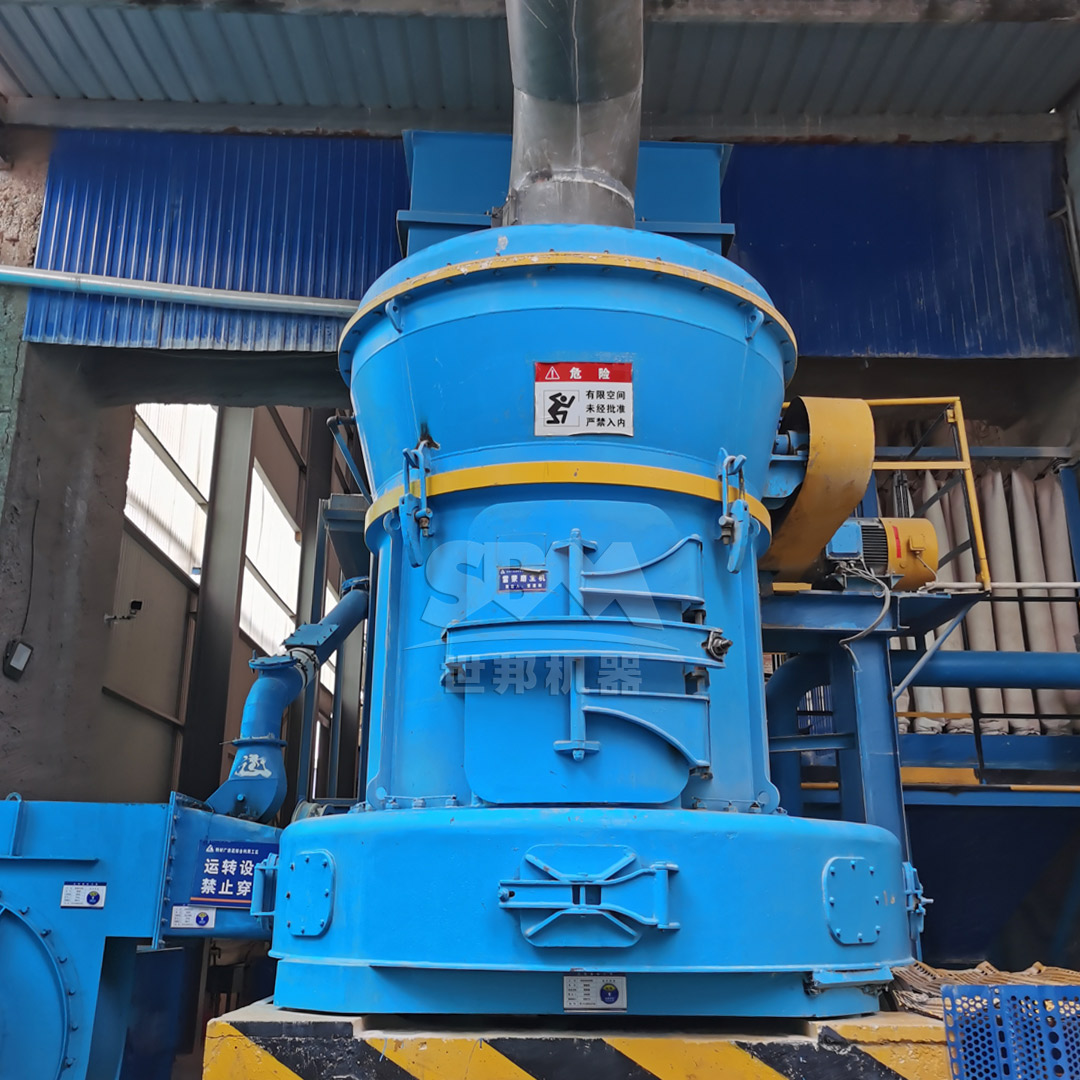The creation of high-quality artistic sculptures demands not only exceptional skill from the artist but also materials of the highest caliber. Marble micro-powder, a key component in restoration compounds, specialized fillers, and even some modern sculpting mediums, must possess precise particle size distribution, exceptional purity, and consistent quality. The production of this fine powder is a complex technological process where the choice of grinding equipment is paramount. This article explores the critical parameters for producing superior marble micro-powder for artistic applications and highlights advanced milling solutions that meet these rigorous demands.
For artistic and restoration work, the fineness and uniformity of marble powder are non-negotiable. A coarse or irregular powder can lead to a gritty texture in fillers, poor binding in composites, and an inability to achieve the smooth, seamless finishes required in restoration. The target fineness for these high-end applications often falls within the superfine range of 800 to 2500 mesh (approximately 18 to 5 microns). Achieving this consistently requires more than just a standard grinder; it demands a system capable of precise classification and efficient fine-grinding with minimal contamination.

Traditional grinding methods like ball mills or Raymond mills often fall short of these requirements. They can struggle to achieve the necessary fineness efficiently, risk metallic contamination from wear parts, and generate excessive heat that can affect the material’s properties. The industry has therefore moved towards more advanced, integrated milling systems.
For producers targeting the high-end art and restoration market, the SCM Ultrafine Mill represents an ideal solution. This mill is engineered specifically for producing superfine powders and excels in the grinding of non-metallic minerals like marble.

| Model | Processing Capacity (ton/h) | Main Motor Power (kW) | Feed Size (mm) | Final Fineness (mesh) |
|---|---|---|---|---|
| SCM800 | 0.5-4.5 | 75 | ≤20 | 325-2500 |
| SCM900 | 0.8-6.5 | 90 | ≤20 | 325-2500 |
| SCM1000 | 1.0-8.5 | 132 | ≤20 | 325-2500 |
| SCM1250 | 2.5-14 | 185 | ≤20 | 325-2500 |
| SCM1680 | 5.0-25 | 315 | ≤20 | 325-2500 |
While the fine grinding mill is the core, optimizing the entire process from raw block to bagged powder is key to profitability and quality. This involves selecting the right ancillary equipment. For the initial size reduction stage, a reliable and efficient crusher is needed. Our Hammer Mill (0-3mm) is an excellent choice for preparing feed for the SCM mill. Its compact design, high reduction ratio, and ability to handle <35mm marble chunks make it a perfect first step. Its optimized crushing chamber and high manganese steel liners ensure durability and consistent output of 0-3mm material, creating an ideal feed for subsequent ultra-fine grinding.

The market for high-quality artistic sculptures and professional restoration work continues to grow, driving demand for equally high-quality materials. Producing marble micro-powder that meets the exacting standards of this sector is a technically demanding task that requires modern, purpose-built equipment. Investing in advanced grinding technology, such as the SCM Ultrafine Mill supported by a Hammer Mill for pre-crushing, is not merely an operational upgrade—it is a strategic decision to capture value in a premium market. By ensuring exceptional product fineness, whiteness, and consistency, producers can establish themselves as trusted suppliers to artists and conservators worldwide, turning raw stone into a medium for enduring art.